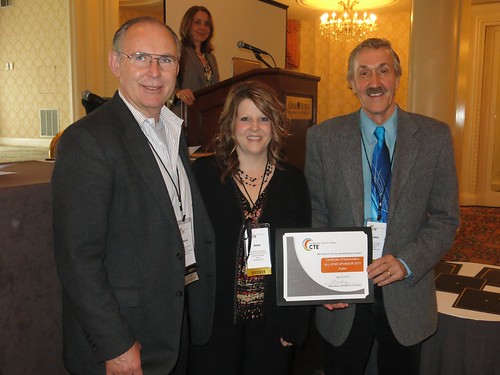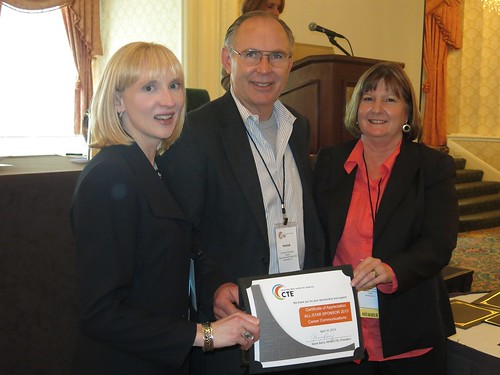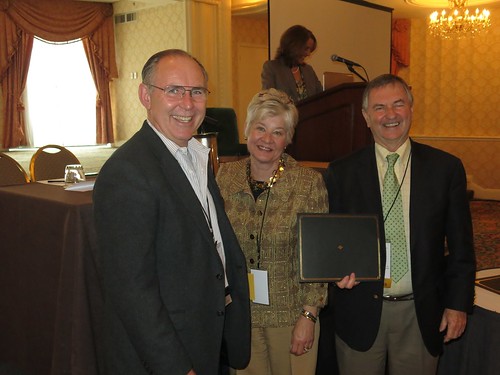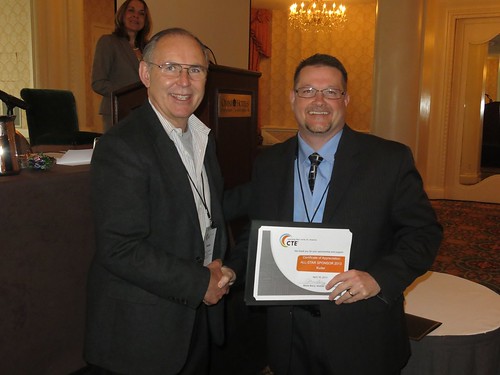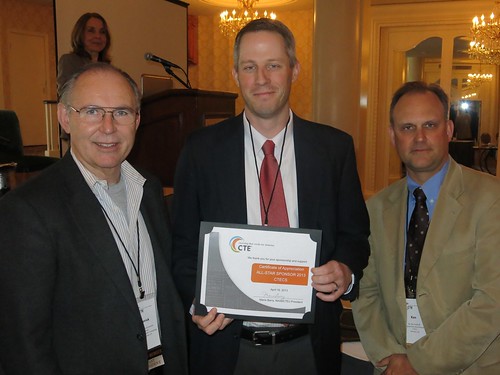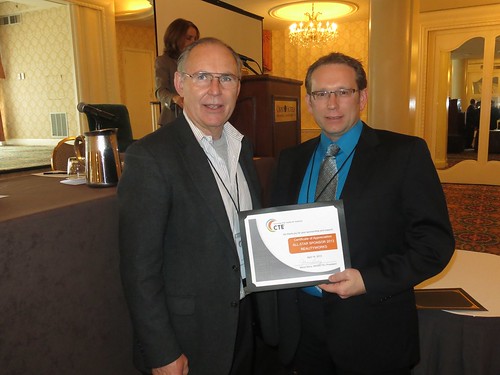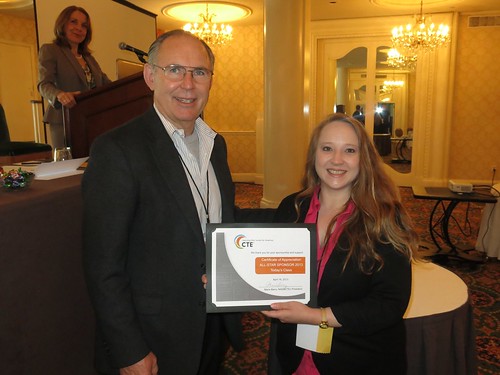 This past month, there has been overwhelming action on the Career Technical Education (CTE) front across states, with major bills passing in Texas, Colorado, Vermont, Alabama, Washington and Oklahoma as well as bills pending in Michigan and North Carolina. As Texas had a number of CTE-related bills pass in the last few weeks, we’ll post a separate blog on Texas’ CTE policy changes later this week.
This past month, there has been overwhelming action on the Career Technical Education (CTE) front across states, with major bills passing in Texas, Colorado, Vermont, Alabama, Washington and Oklahoma as well as bills pending in Michigan and North Carolina. As Texas had a number of CTE-related bills pass in the last few weeks, we’ll post a separate blog on Texas’ CTE policy changes later this week.
CTE Funding in Alabama
Last month, Alabama passed a $50 million bond issue to support technology and Career Technical Education programs. The bonds will likely be sold next year, with $10 million divided among schools based on the technology programs of offered; $20 million distributed based on the number of CTE students at each school; and the final $20 million to be distributed through grants. While this has a direct positive impact on CTE program across the state, all students will benefit from a new investment in technology.
Colorado’s Competency-based Graduation Requirements & Career Pathways
The Colorado State Board of Education revised the state’s graduation requirements in May, putting in place competency-based requirements, which hinge on students’ mastery of content rather than seat time. The state has created “graduation guidelines,†outlining ways in which students can demonstrate mastery in the four major content areas (English, mathematics, social studies and science), such as earning a certain score on the ACT, PARCC or statewide assessment; passing a concurrent/dual enrollment course; or passing an AP/IB exam. Starting in 2015-16, the state will allow certain capstone experiences to count and by 2013-13, the state will develop a list of potentially eligible industry-based certificates that may count towards competency in various content areas. Local education agencies are expected to set their own district-level requirements in alignment with the state policy.
Colorado also passed a bill directing the state board for community colleges and occupational education, with K-12 and postsecondary partners, to design a career pathway for students in the manufacturing sector. The pathway must include industry-validated stackable certificates, multiple entry and exit points, and allow a student to earn income while progressing through the pathway.
Maryland’s Degree Goals & Statewide Transfer Agreements
Maryland recently passed “The College and Career Readiness and College Completion Act of 2013†formalizing the Governor’s postsecondary degree goals (55% adults will have an associate’s degree by 2025) and requiring statewide transfer agreements between the state’s two- and four-year institutions of higher education. Specifically, the bill calls on the Maryland Higher Education Commission to develop and implement a transfer agreement where, by 2016, at least 60 credits earned by a student at any community college towards an associate’s degree will be transferable to any public higher education institution for credit towards a bachelor’s degree and a reverse transfer agreement where at least 30 credits earned by a student at a four-year institution will be transferable to a community college.
The Act also requires all public institutions of higher education to create graduation progress benchmarks for each major, which includes scheduling guidance, credit and course criteria, and schedules for regular periodic reviews of student progress. Finally, the bill requires four years of mathematics for students in high school and institutionalizes the PARCC assessments by requiring all students to be assessed using an acceptable college placement cut score by 11th grade to determine if they are ready for credit-bearing coursework in English/Literacy and mathematics.
The Maryland legislature also funded Governor O’Malley’s $2 million Early College Innovation Fund to incentivize early college access programs for students pursuing CTE and/or STEM disciplines. Specifically, the Maryland State Department of Education (MSDE) will generate competitive grants to fund partnerships of local school systems and higher education institutions to create early college high schools or other forms of early college access. Priority would be given to proposals that provide students with credentials (in the form of degrees, certificates, and certifications, as appropriate) in fields for which there is high demand in Maryland.
Oklahoma’s Competency-Based Graduation Requirements
Oklahoma recently updated their graduation requirements, broadening each of the content area course requirements to be met by “units†completed or “competencies†demonstrated by students. As such, students can receive course credit for demonstrated proficiency rather than just instructional time moving forward.
Vermont’s Flexible Pathways Initiative
A new bill in Vermont creates the Flexible Pathways Initiative, establishing statewide dual enrollment and early college programs. This bill amends the state’s high school completion program by allowing flexible pathways students to pursue pathways to graduation that include applied or work-based learning opportunities, including internships. It also calls for career exploration to no later than seventh grade for all students.
Computer Science in Washington
Last month, Governor Inslee in Washington signed a bill allowing an AP Computer Science course to count towards students’ mathematics or science requirements for graduation. Washington already allows districts to adopt course equivalences for CTE high school courses towards a full or partial academic credit; this bill requires districts to allow AP computer science courses to count as mathematics or science courses. For the computer science course to count towards a mathematics credit, however, the student must have already completed or be currently enrolled in Algebra II.
Kate Blosveren, Associate Executive Director



 With nearly every state in the country working to implement the Common Core State Standards in mathematics and English/Literacy, and more and more resources and information being generated by states, districts, schools and education-focused organizations to support implementation, NASDCTEc is excited to present a blog series on the Common Core State Standards (CCSS) and Career Technical Education (CTE) that features news and resource directly impacting CTE educators as well as other materials we think are useful to the field.
With nearly every state in the country working to implement the Common Core State Standards in mathematics and English/Literacy, and more and more resources and information being generated by states, districts, schools and education-focused organizations to support implementation, NASDCTEc is excited to present a blog series on the Common Core State Standards (CCSS) and Career Technical Education (CTE) that features news and resource directly impacting CTE educators as well as other materials we think are useful to the field.
